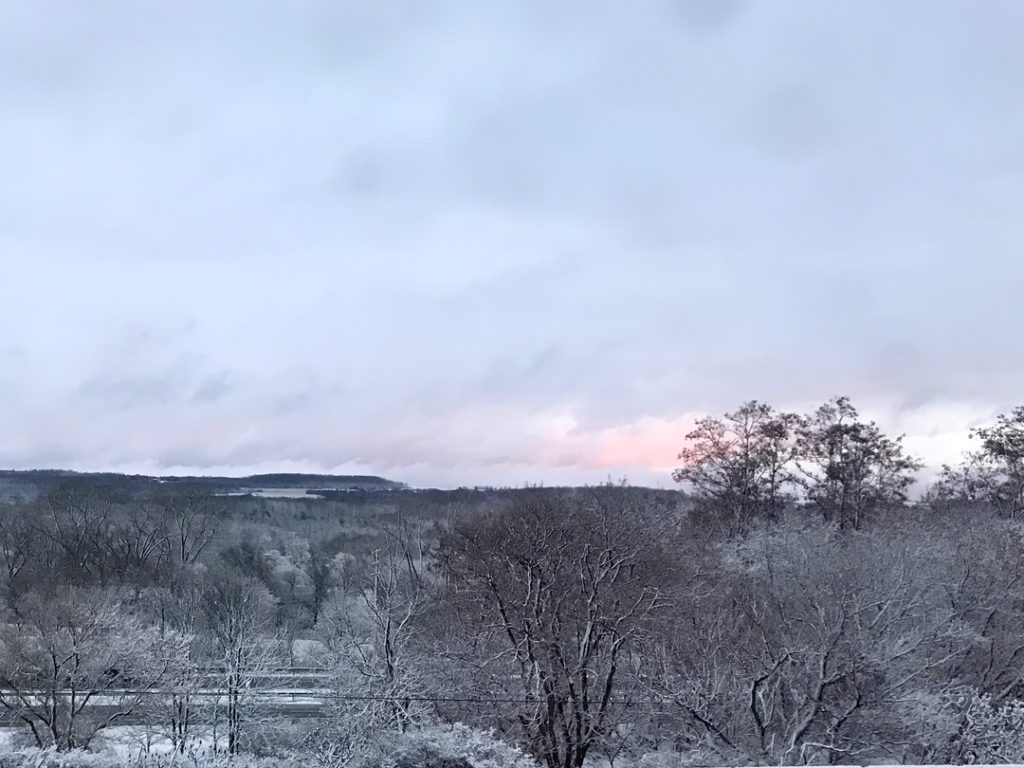Winter weather advisory for Southern Herkimer County
A winter weather advisory is in effect for Herkimer County from Tuesday through Wednesday. Lake effect snow is expected during this time with the opportunity for heavy snow fall amounts.
“The most hazardous weather conditions will be in the areas where lake effect snow bands form and produce a lot of snow in a short period, which will hamper travel in some places for the next day or so,” Governor Hochul said.“There is still some uncertainty where and when snow bands will form and the heaviest snow will fall, so use extra caution when traveling and stay on top of the forecast throughout this event so you can plan your travel and other activities accordingly. My team will monitor this weather system and its impacts throughout this event and are ready to assist partners at the local level as needed.”
For real-time travel information, motorists should call 511 or visit https://www.511ny.org/ or the mobile site at m.511ny.org, New York State’s official traffic and travel information source.
Variable Message Signs and social media are utilized to alert motorists of winter weather conditions on the Thruway.
The Thruway Authority encourages motorists to download its mobile app which is available for free on iPhone and Android devices. The app provides motorists direct access to real-time traffic information, live traffic cameras, and navigation assistance while on the go. Motorists can also sign up for TRANSalert e-mails which provide the latest traffic conditions along the Thruway.
Safety Tips
Travel
Some of the most important tips for safe driving include:
- Do not drive unless necessary.
- If you must travel, make sure your car is stocked with survival gear like blankets, a shovel, flashlight and extra batteries, extra warm clothing, set of tire chains, battery booster cables, quick energy foods and brightly colored cloth to use as a distress flag.
- If you have a cell phone or other communications device such as a two-way radio available for your use, keep the battery charged and keep it with you whenever traveling. If you should become stranded, you will be able to call for help, advising rescuers of your location.
- The leading cause of death and injuries during winter storms is transportation accidents. Before getting behind the wheel, make sure that your vehicle is clear of ice and snow; good vision is key to good driving. Plan your stops and keep more distance between cars. Be extra alert and remember that snowdrifts can hide smaller children. Always match your speed to the road and weather conditions.
- It is important for motorists on all roads to note that snowplows travel at speeds up to 35 mph, which in many cases is lower than the posted speed limit, to ensure that salt being dispersed stays in the driving lanes and does not scatter off the roadways. Oftentimes on interstate highways, snowplows will operate side by side, as this is the most efficient and safe way to clear several lanes at one time.
- Motorists and pedestrians should also keep in mind that snowplow drivers have limited lines of sight, and the size and weight of snowplows can make it very difficult to maneuver and stop quickly. Snow blowing from behind the plow can severely reduce visibility or cause whiteout conditions. Motorists should not attempt to pass snowplows or follow too closely. The safest place for motorists to drive is well behind the snowplows where the roadway is clear and salted. Never attempt to pass a snowplow while its operating.
Power Outages
- Check with your utility to determine area repair schedules.
- Turn off or unplug lights and appliances to prevent a circuit overload when service is restored; leave one light on to indicate when power has been restored.
- If heat goes out during a winter storm, keep warm by closing off rooms you do not need.
Heating Safety
- Use only safe sources of alternative heat such as a fireplace, small well-vented wood or coal stove or portable space heaters.
- When using alternative heat sources such as a fireplace, woodstove, etc. always make sure you have proper ventilation. Always follow manufacturer’s instructions.
- Keep curtains, towels, and potholders away from hot surfaces.
- Have a fire extinguisher and smoke detectors and make sure they work.
- If you use kerosene heaters to supplement your regular heating fuel, or as an emergency source of heat, follow these safety tips:
- Follow the manufacturers’ instructions.
- Use only the correct fuel for your unit.
- Refuel outdoors only and only when the unit is cool.
- Keep the heater at least three feet away from furniture and other flammable objects.
- When using the heater, use fire safeguards and ventilate properly.
For more winter safety tips, visit https://dhses.ny.gov/safety. For all non-emergency service needs in New York State before, during or after a storm, call 211 or visit 211nys.org.




















